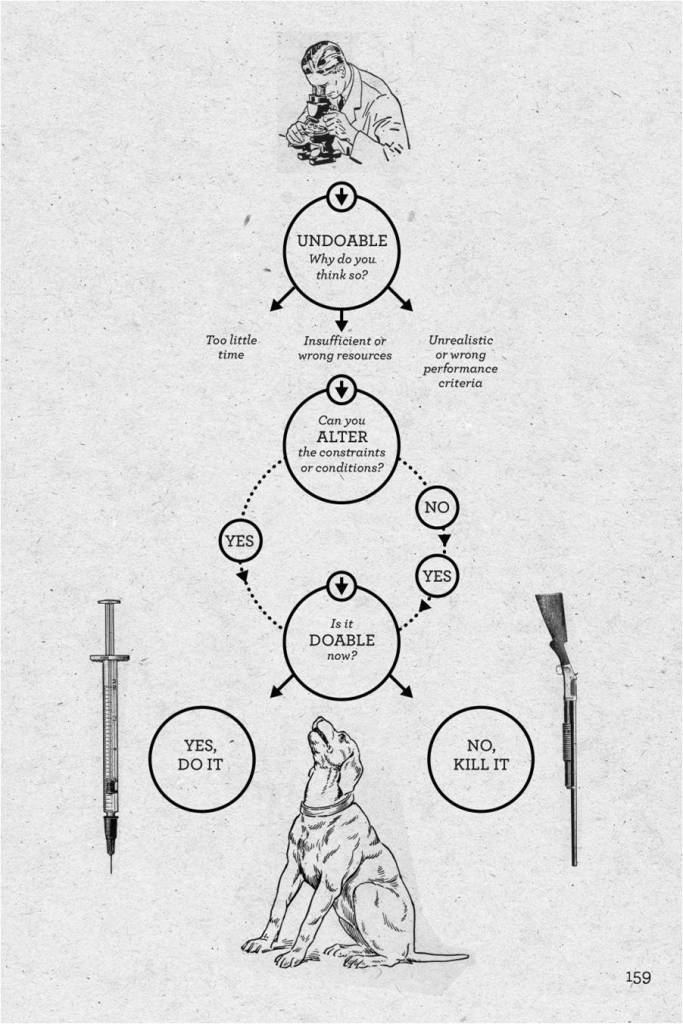LFH Overview
How to Manage an Impossible Project
How to Manage an Impossible Project
Essays By Michael Dobson
|
In my upcoming book, Project: Impossible, part of the Lessons from History series, I lay out a methodology for dealing with a project that appears to be operationally impossible (that is, it can’t be accomplished within the initial boundaries of time, cost, and performance). The four-step methodology is shown on the diagram on the right.
Other questions matter, too:
1. What are the consequences of failure to meet the original requirements?
Except for number 6, the other questions can’t effectively be asked until you have the project (or hot potato as the case may be). And as we’ve seen time and time again on our historical journey, it’s what you do beforehand that often spells the difference between success and failure.
To do the impossible, it helps to be prepared. Preparation starts long before the impossible project swims into your field of view. Whether you and your organization will be able to rise to the challenge often depends on the strength and quality of your preparation.
|
|
|
In the television (and movie) series Mission: Impossible, the Impossible Missions Force (IMF, not to be confused with the International Monetary Fund) takes on challenges far beyond the capability of lesser organizations. How does it do that?
Sometimes a project is impossible for a good reason. In other cases, the project isn’t what it seems. Practice looking at the situation through someone else’s eyes. Play the “what if” game. Look around you. Question the constraints.
And always accept that you don’t know everything.
This new publication book is now available through the usual Lessons from History channels, Project Impossible. |
|



